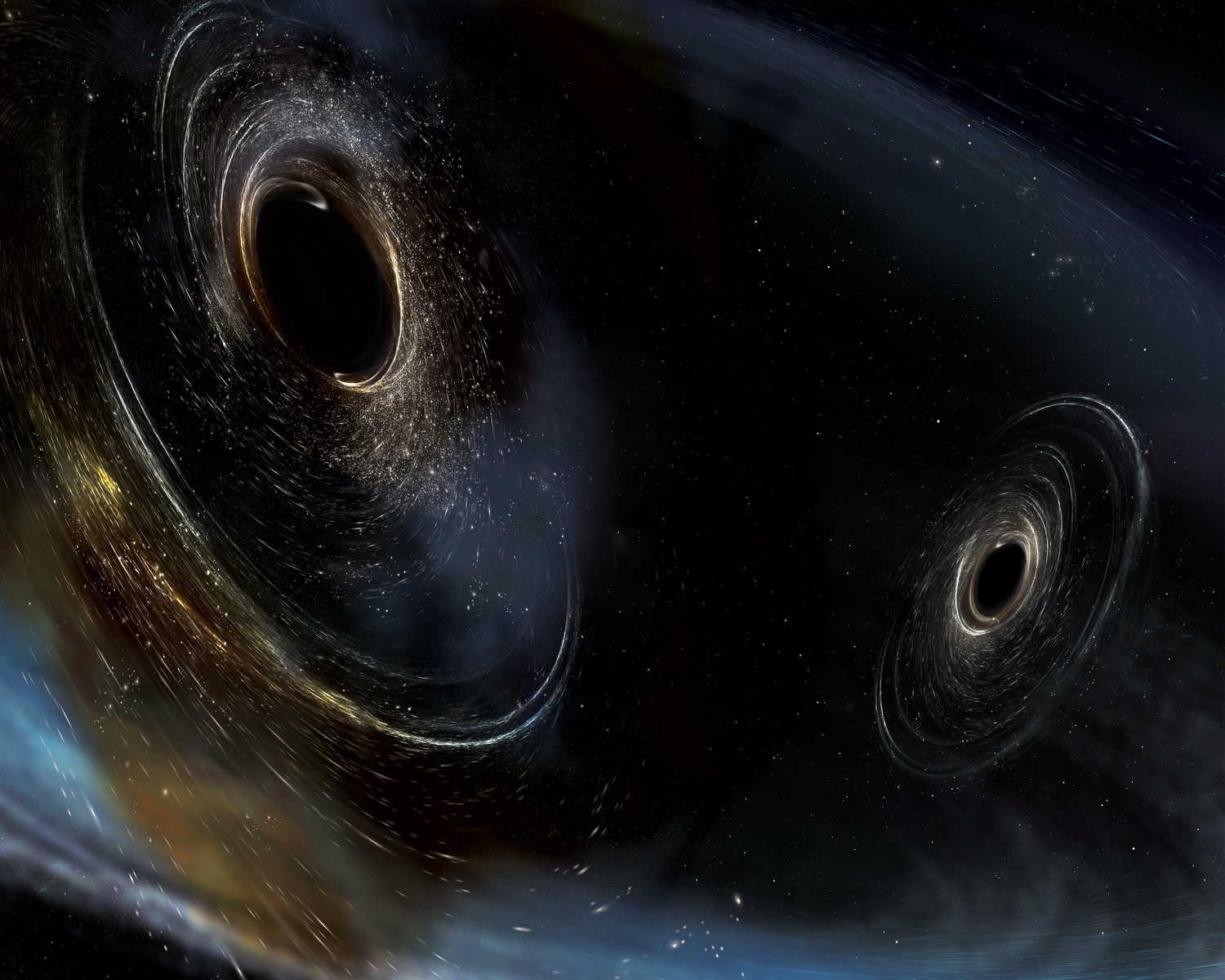More than a century after Albert Einstein proposed the presence of gravitational waves—oscillations of the space-time fabric—in his Theory of Relativity, we now have indisputable proof.
The orbits of two merging black holes now show definite signs of relativistic precession, according to a recent research.
The science and other stuff to know
Since gravitational waves were discovered for the first time in 2015, this area of modern astrophysics has flourished, enabling specialists to see phenomena they were previously blind to.
Unquestionably one of the most enormous and violent occurrences that can be imagined is the merger of two black holes. The two bodies’ apocalyptic dance as they draw closer to their inevitable union and the actual fusion involve so much energy that it causes the fabric of space-time to vibrate like a sheet.

We can follow these events from Earth and determine what event gave rise to the waves and what area of the universe they originate from thanks to detectors called interferometers. The deadly gravitational dance between two enormous black holes is the source of the GW200129 signal, which was discovered in 2020.
According to a news release, a team of scientists from Cardiff University have now seen a bizarre twisting motion in the orbits of two colliding black holes, a phenomena predicted by Einstein.
Their research, which was published in Nature, concluded that these black holes rotated prior to merging, exhibiting relativistic precession, which is the propensity for an orbit to be disrupted and alter cyclically. An obvious example is a top, which starts rotating on its vertical axis (not rotational) before twisting and starting to spin. This occurs with the orbits of all systems where the gravitational pull of one body influences the other, albeit it usually has little impact.

Due to the system’s rapid precession, which is 10 billion times faster than the fastest precession recorded up until its detection—75 years—the instance of GW200129 is unique.
So what?
In addition to continuing to provide evidence in favor of Relativity—one of the most complete physical theories and with the greatest predictive power—, this detection speaks of the ability that the gravitational wave field has developed to detect phenomena that are increasingly weaker at energy levels.
The refinement of data analysis techniques and the collaborations between the LIGO, Virgo, and KAGRA interferometers are making it possible to obtain more precise measurements.

What’s next?
The network of interferometers extended between the United States (LIGO), Europe (Virgo), and KASGRA (Japan) is currently out of service as they are carrying out maintenance on the delicate design of the experiment. They will retake data in 2023 and track new events of this type and, hopefully, many other unknown ones.

“So far most black holes we’ve found with gravitational waves have been spinning fairly slowly,” said co-author Charlie Hoy, in a press release. “The larger black hole in this binary, which was about 40 times more massive than the Sun, was spinning almost as fast as physically possible. Our current models of how binaries form suggest this one was extremely rare, maybe a one in a thousand event. Or it could be a sign that our models need to change.”
The researchers hope to continue detecting phenomena of this type. After all, the first detection of something always gives us the wrong impression that what we have found is unique. Still, it is enough to refine our measurements and instruments to realize that it is just one more specimen among hundreds of thousands of others.
Soucre; news.sci-nature.com








